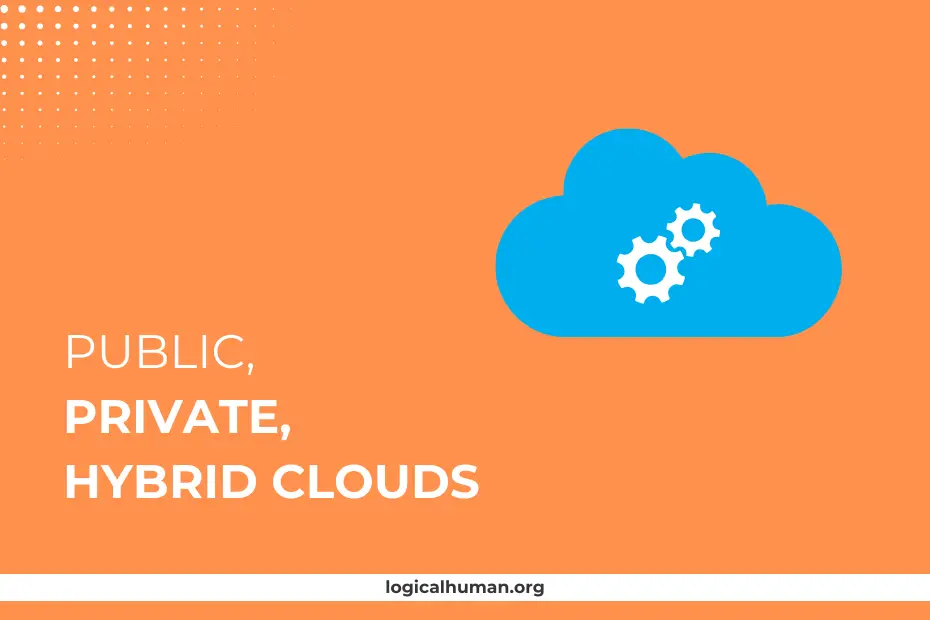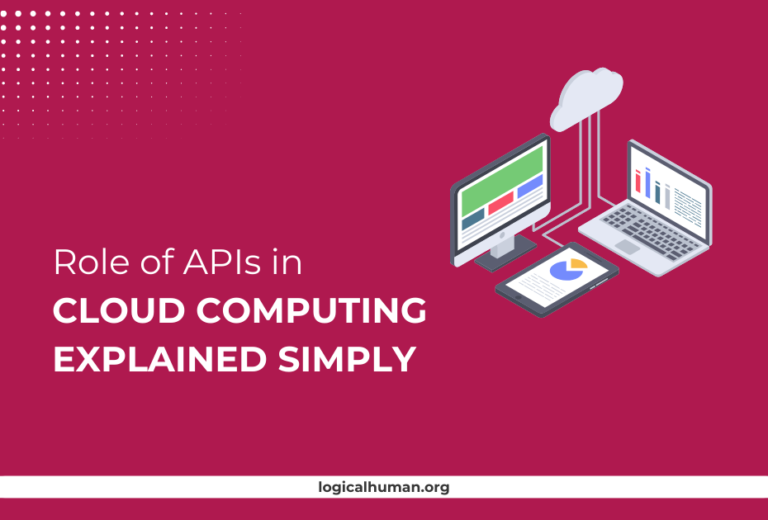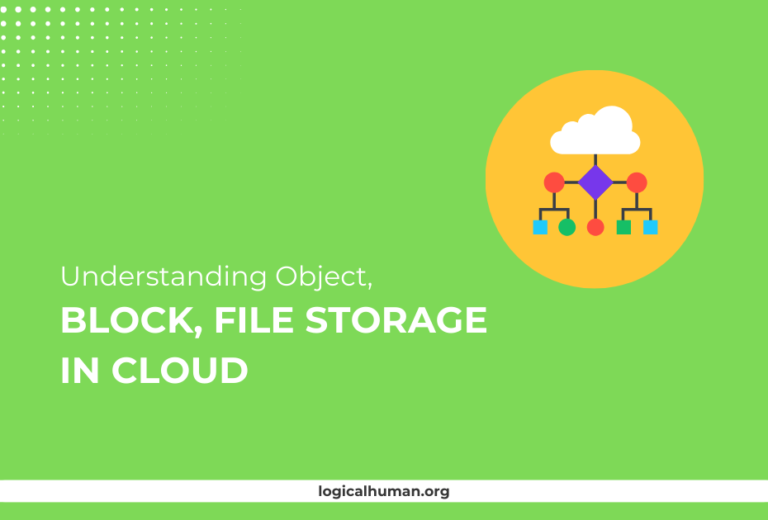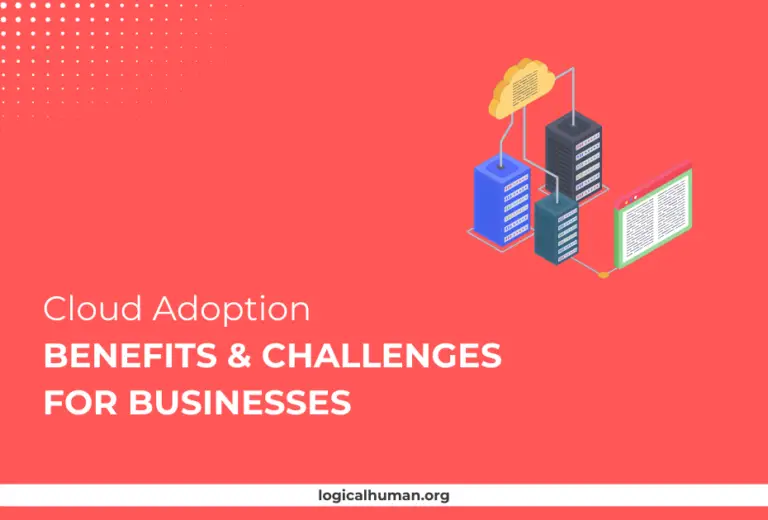Cloud computing has reshaped the way businesses operate, offering scalable, flexible, and cost-effective solutions for all types of workloads. But with a myriad of cloud service models available—public, private, and hybrid—choosing the right one can feel like navigating a maze. Each model has its own unique features, benefits, and challenges. In this guide, we’ll explore these cloud service models in depth, helping you understand which one suits your business needs best.
Understanding Cloud Service Models
What Are Cloud Service Models?
Cloud service models define how cloud resources are deployed, managed, and consumed. The three main models—public, private, and hybrid—differ in terms of infrastructure ownership, resource management, and accessibility.
- Public Cloud: Resources like servers and storage are owned and operated by a third-party provider and shared among multiple tenants.
- Private Cloud: Infrastructure is dedicated to a single organization, providing greater control and security.
- Hybrid Cloud: Combines elements of both public and private clouds, allowing data and applications to move between them.
Why They Matter in Today’s Business Landscape
The right cloud service model can significantly impact your business operations. From enhancing scalability and flexibility to ensuring data security and compliance, understanding these models is crucial for making informed decisions that align with your strategic goals.
Public Cloud
What is a Public Cloud?
A public cloud is a cloud service model where resources like servers, storage, and applications are provided by third-party vendors over the internet. These resources are shared among multiple organizations, making it a cost-effective solution for businesses looking for scalability without the overhead of managing infrastructure.
Key Features of Public Cloud
Scalability and Flexibility
Public clouds allow businesses to scale resources up or down based on demand. Whether you’re experiencing a sudden spike in traffic or need to scale down during off-peak times, the public cloud can adjust accordingly.
Cost Efficiency
Since resources are shared among multiple users, public clouds often operate on a pay-as-you-go model, allowing businesses to pay only for what they use without significant upfront costs.
Advantages of Public Cloud
- Cost Savings: No need for heavy investment in hardware or infrastructure.
- High Availability: Most public cloud providers offer robust SLAs and ensure high uptime and availability.
- Global Reach: Easily deploy applications and services across multiple geographic locations.
Drawbacks of Public Cloud
Security Concerns
Because resources are shared among multiple tenants, security can be a significant concern. While public cloud providers implement strong security measures, the shared nature of the environment can expose businesses to potential vulnerabilities.
Compliance Challenges
Meeting specific regulatory requirements, such as GDPR or HIPAA, can be challenging in a public cloud environment. Businesses need to ensure that their chosen provider complies with necessary standards.
Best Use Cases for Public Cloud
- Startups and Small Businesses: Ideal for those looking to minimize initial costs and scale quickly.
- Test and Development: Provides a flexible environment for testing new applications or services.
- High Traffic Websites: Scales easily to handle fluctuating traffic demands.
Private Cloud
What is a Private Cloud?
A private cloud is a dedicated cloud environment that is exclusively used by a single organization. It offers all the benefits of cloud computing—scalability, flexibility, and cost savings—while providing enhanced security and control over resources.
Core Characteristics of Private Cloud
Enhanced Security
Private clouds offer a higher level of security since resources are not shared with other organizations. This makes it ideal for businesses handling sensitive data, such as financial institutions or healthcare providers.
Full Control Over Resources
With a private cloud, businesses have complete control over their infrastructure, including hardware, software, and network settings. This allows for greater customization and optimization based on specific needs.
Benefits of Private Cloud
- Data Security and Compliance: Ensures data privacy and meets stringent regulatory requirements.
- Customizability: Tailor the environment to meet specific business or application needs.
- Predictable Costs: Fixed infrastructure costs can be easier to manage compared to variable public cloud pricing.
Limitations of Private Cloud
Higher Costs
Building and maintaining a private cloud can be expensive. Organizations need to invest in hardware, software, and personnel to manage the environment.
Scalability Issues
Scaling a private cloud can be more challenging and costly compared to a public cloud, as it often requires additional investment in infrastructure.
Ideal Scenarios for Private Cloud
- Large Enterprises: Companies with large IT budgets and stringent security requirements.
- Regulated Industries: Financial services, healthcare, and government sectors that must comply with strict regulations.
- Custom Applications: Businesses that require a high degree of customization and control over their IT environment.
Hybrid Cloud
What is a Hybrid Cloud?
A hybrid cloud combines both public and private cloud environments, allowing data and applications to be shared between them. This model offers the best of both worlds—flexibility and scalability of the public cloud, combined with the security and control of a private cloud.
Key Features of Hybrid Cloud
Seamless Integration
Hybrid clouds enable businesses to seamlessly integrate on-premises resources with cloud services. This means you can run sensitive workloads in a private cloud while leveraging the public cloud for less critical tasks.
Balanced Approach
Hybrid clouds allow businesses to use the most appropriate environment for each workload. This approach maximizes efficiency and cost-effectiveness.
| Feature | Public Cloud | Private Cloud | Hybrid Cloud |
|---|---|---|---|
| Definition | Resources shared across multiple organizations and managed by a third-party provider. | Dedicated infrastructure for a single organization. | Combines public and private clouds for greater flexibility. |
| Scalability | Highly scalable; resources can be increased or decreased as needed. | Limited scalability due to fixed resources. | High scalability with both public and private resources. |
| Cost | Pay-as-you-go; lower initial investment. | High initial investment, predictable ongoing costs. | Cost varies; potentially higher due to complexity. |
| Security | Standard security; shared responsibility model. | High security; full control over resources. | Balanced security; sensitive data remains in private cloud. |
Compliance | May not meet strict regulatory requirements. | Designed to meet specific compliance standards. | Helps meet compliance by using private cloud for sensitive data. |
Pros of Hybrid Cloud
- Flexibility: Easily move data and applications between environments based on business needs.
- Cost Optimization: Use public cloud resources for non-sensitive workloads to reduce costs while keeping critical data secure in a private cloud.
- Improved Business Continuity: Keep essential operations running in a private cloud while using the public cloud for backup and disaster recovery.
Cons of Hybrid Cloud
Complexity in Management
Managing a hybrid cloud environment can be complex. It requires coordination between on-premises and cloud resources, which can be challenging without the right tools and expertise.
Potential Security Gaps
Transferring data between public and private clouds can create security vulnerabilities. Businesses need to implement robust security measures to protect data in transit.
Best Use Cases for Hybrid Cloud
- Disaster Recovery: Use the public cloud for backup and recovery while keeping primary operations in a private cloud.
- Seasonal Workloads: Easily scale out to the public cloud during peak times without investing in additional infrastructure.
- Regulated Industries: Maintain compliance by keeping sensitive data on-premises while utilizing public cloud resources for other tasks.
Public vs. Private vs. Hybrid: Key Comparisons
Security and Compliance
- Public Cloud: Good for general workloads, but limited for sensitive data.
- Private Cloud: Offers the highest level of security and compliance.
- Hybrid Cloud: Balances security needs by keeping sensitive data in a private cloud and leveraging public cloud for non-sensitive tasks.
Cost and Resource Management
- Public Cloud: Cost-effective for variable workloads but can become expensive over time.
- Private Cloud: High initial costs but predictable ongoing expenses.
- Hybrid Cloud: Offers flexibility but can be costly to manage and integrate.
Scalability and Flexibility
- Public Cloud: Highly scalable but may lack control.
- Private Cloud: Limited scalability but provides full control.
- Hybrid Cloud: Combines scalability of public cloud with the control of private cloud.
Performance and Reliability
- Public Cloud: Performance can vary based on shared resources.
- Private Cloud: Consistent performance with dedicated resources.
- Hybrid Cloud: Provides balanced performance by allocating resources based on workload needs.
Choosing the Right Cloud Service Model for Your Business
Assessing Business Needs
Begin by assessing your business requirements, including data sensitivity, compliance needs, and resource demands. This will help you identify which cloud model aligns best with your goals.
Evaluating Technical Requirements
Consider the technical aspects, such as network latency, bandwidth, and application dependencies. If your business relies heavily on specific applications or services, ensure the chosen cloud model supports these needs effectively.
Cost Analysis and Budget Planning
Conduct a thorough cost analysis. Public clouds are ideal for minimizing initial costs, while private clouds offer long-term cost predictability. Hybrid clouds provide flexibility but may require higher investment in management and integration.
Long-term Strategy and Scalability
Think about your long-term business strategy. If you anticipate rapid growth, a hybrid or public cloud model may be more adaptable to your evolving needs.
Industry Trends in Cloud Computing
Rise of Multi-Cloud Strategies
Many businesses are adopting multi-cloud strategies, using multiple cloud service providers to avoid vendor lock-in and enhance flexibility.
AI and Machine Learning Integration
Cloud providers are increasingly integrating AI and machine learning capabilities, enabling businesses to leverage advanced analytics and automation.
Edge Computing and its Impact on Cloud Models
Edge computing is becoming more prominent, allowing data processing closer to the source. This reduces latency and enhances performance, particularly in hybrid cloud environments.
Future of Cloud Security
As cyber threats evolve, cloud security will become even more critical. Providers are focusing on advanced encryption, AI-driven security tools, and compliance automation to protect sensitive data.
Conclusion
Choosing the right cloud service model—public, private, or hybrid—depends on your business’s unique needs. Each model has its strengths and limitations, and understanding these is key to making an informed decision. Whether you need the scalability of the public cloud, the control of a private cloud, or the flexibility of a hybrid model, there is a cloud solution out there to help your business thrive.
FAQs
What is the difference between public and private clouds?
Public clouds are shared environments managed by third-party providers, while private clouds are dedicated to a single organization, offering more control and security.
How do I decide if hybrid cloud is right for my business?
Consider a hybrid cloud if you need to balance security and scalability, keeping sensitive data in a private cloud while leveraging the public cloud for other tasks.
Can I switch from a public to a private cloud easily?
Switching from public to private cloud involves significant planning and investment in infrastructure and security. It’s crucial to evaluate your needs and resources before making the transition.
What are some common challenges in managing hybrid clouds?
Challenges include complex management, security risks during data transfer, and ensuring seamless integration between different environments.
Is cloud computing secure enough for sensitive data?
Yes, but it depends on the cloud model and the security measures in place. Private and hybrid clouds offer higher security for sensitive data compared to public clouds.



